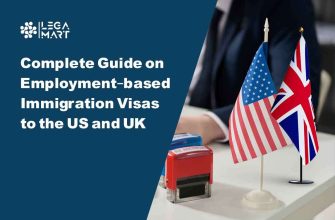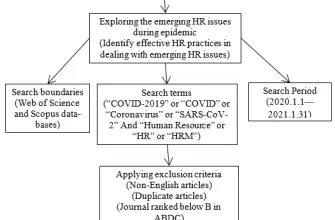In today’s fast-paced business environment, the ability to unlock employee potential is a critical factor in maintaining a competitive edge. One of the most effective ways to achieve this is through the use of constructive feedback. Constructive feedback is a powerful tool that can help employees improve their performance, develop new skills, and reach their full potential. However, giving constructive feedback is a skill that requires practice and understanding. This article will provide a comprehensive guide on mastering constructive feedback in the workplace, including examples of constructive feedback, the importance of constructive feedback, and how to deliver constructive criticism effectively.
Understanding Constructive Feedback
Before diving into the specifics, it’s essential to understand what constructive feedback is. Constructive feedback, also known as constructive criticism, is a type of feedback that provides specific, actionable suggestions for improvement. Unlike negative feedback, which focuses on what went wrong, constructive feedback emphasizes how things can be done better in the future. It’s about identifying opportunities for growth and development, rather than simply pointing out flaws or mistakes.
Why is Constructive Feedback Important?
The importance of constructive feedback in the workplace cannot be overstated. Here are a few reasons why:
- It promotes continuous learning and improvement.
- It helps employees understand what they are doing well and what areas need improvement.
- It fosters open communication and trust between managers and employees.
- It increases employee engagement and job satisfaction.
- It contributes to the overall success and growth of the organization.
How to Give Constructive Feedback
Now that we’ve established what constructive feedback is and why it’s important, let’s delve into how to give constructive feedback. Here are some steps to guide you:
- Be specific: Instead of making vague statements, provide specific examples of what the employee did well and where they can improve.
- Focus on the behavior, not the person: Make sure your feedback is about the employee’s actions, not their character or personality.
- Use the “sandwich” method: Start with a positive comment, follow with your constructive criticism, and end with another positive comment.
- Be timely: Give feedback as soon as possible after the event or behavior you’re addressing.
- Encourage dialogue: Allow the employee to respond to your feedback and engage in a two-way conversation.
Examples of Constructive Feedback
Here are some examples of constructive feedback to colleagues that can help you better understand how to apply these principles:
- Example 1: “I noticed that you’ve been coming in late to work recently. I understand that traffic can be unpredictable, but it’s important to be on time to maintain productivity. Perhaps you could try leaving home a bit earlier?”
- Example 2: “Your presentation was very informative, but it was a bit too long. Next time, try to condense the information into key points to keep the audience engaged.”
- Example 3: “You did a great job on the project, but I noticed that you didn’t include the financial analysis as requested. Remember to check all the requirements before submitting your work.”
Constructive Criticism in the Workplace
Constructive criticism in the workplace is a delicate art that requires tact and diplomacy. Here are some tips on how to deliver constructive criticism:
- Choose the right time and place: Feedback should be given in a private, neutral setting and at a time when the employee is receptive.
- Use “I” statements: Instead of saying “You did this wrong,” say “I noticed that…” or “I think that…”. This makes your feedback less personal and more objective.
- Offer solutions: Don’t just point out problems; offer practical solutions or suggestions for improvement.
- Be respectful: Remember that your goal is to help the employee improve, not to belittle or embarrass them.
Positive Feedback in the Workplace
While constructive feedback is crucial, it’s equally important to give positive feedback. Positive feedback acknowledges the good work that employees are doing, which boosts their morale and motivation. It also reinforces positive behaviors and actions, encouraging employees to continue performing well. Examples of positive feedback include praising an employee for a job well done, acknowledging their hard work and dedication, or recognizing their contribution to a successful project.
In conclusion, mastering constructive feedback in the workplace is a vital skill for managers and leaders. It not only helps employees improve and grow but also contributes to a positive and productive work environment. Remember, the goal of constructive feedback is not to criticize or find fault, but to help employees realize their full potential and achieve their career goals.









